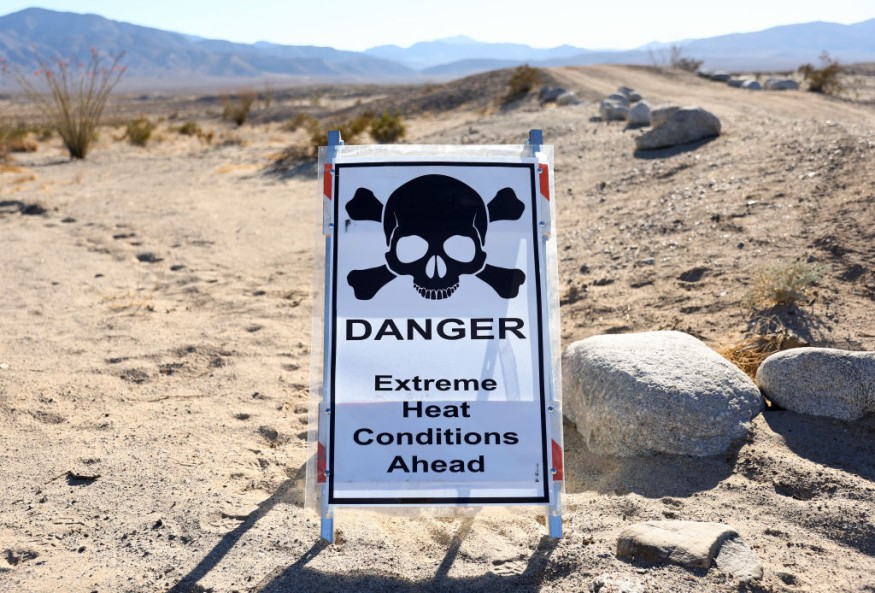
As temperatures rise, there is a higher possibility that Earth's land masses will become wetter than drier.
In a recent study, scientists discovered that, in contrast to dry and hot circumstances, co-occurring precipitation and heat extremes will become more common, severe, and widespread under climate change.
Heat waves first dry out the soil and lessen its capacity to absorb water when wet-hot conditions are present.
Rainfall that falls later has a difficult time penetrating the soil and instead runs along the surface, causing flooding, landslides, and failed crops.
Many countries will receive more precipitation
The researchers utilized a number of climate models to predict compound climate extremes by the end of the century, if carbon dioxide emissions keep rising.
They discovered that while some regions of the world will become drier as temperatures rise-such as South Africa, the Amazon and parts of Europe-many regions, including the eastern United States, eastern and southern Asia, Australia and central Africa will receive more precipitation.
Wet-hot extremes are more severe than dry-hot extremes and will also cover a broader area.
"These compound climate extremes have attracted considerable attention in recent decades due to their disproportionate pressures on the agricultural, industrial and ecosystems sectors-much more than individual extreme events alone," said Haijiang Wu, a researcher at China's Northwest A&F University and the lead author of the study.
Because the atmosphere's ability to hold moisture improves by 6% to 7% for every 1 degree Celsius rise in temperature, wet-hot extremes will become more prevalent in the future.
As Earth warms, more water will be available to fall as precipitation because a warmer atmosphere will store more water vapor.
Prone to hazards
The areas that are most likely to be severely affected by wet-hot extremes are already home to numerous densely inhabited areas that are vulnerable to geologic hazards like mudflows and landslides and grow most of the world's crops.
More landslides that endanger local infrastructure could result from increased heavy rainfall and heat waves, while crop destruction from floods and intense heat could also increase.
Wet-hot extremes are already present in many places of the planet. The climate in 2021 brought about devastating flooding in western Europe.
There were record-breaking high temperatures that summer dried up the ground. Torrential rain fell across the surface of the dry soil, causing major landslides and flash floods that carried away entire homes and killed people.
The necessity for climate adaptation strategies that take wet-hot circumstances into account is brought on by the rise in wet-hot extremes, such as the conditions of the 2021 European floods.
"Given the fact that the risk of compound wet-hot extremes in a warming climate is larger than compound dry-hot extremes, these wet-hot extremes should be included in risk management strategies," Wu said.
Even though heat waves and heavy rains can both be hazardous on their own, Wu said the combined effects of both can be extremely harmful.
He also added that the effects on the security of our supply of water, food, and energy would be unthinkable if the threat of compound wet-hot extremes is ignore and actions are not done immediately.
Related Video:
© 2025 NatureWorldNews.com All rights reserved. Do not reproduce without permission.





